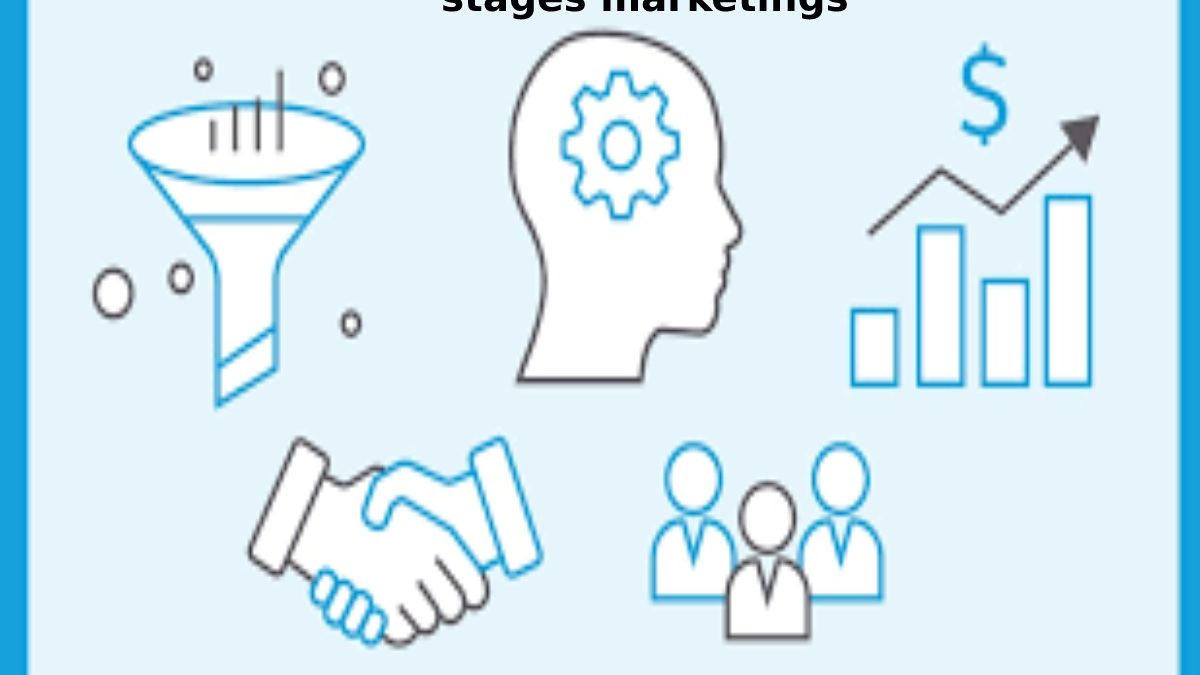Table of Contents
Stage Marketing
The development step of the product life cycle is the study phase before a product is introduced to the market. When companies bring in savers, develop prototypes, test product effectiveness, and strategize their launch. Due to the nature of this stage, corporations spend a lot of money without taking in any income because the product isn’t being sold yet.
This stage can last for an extended time, conditional on the complexity of the product, how new it is, and the competition. The development stage is challenging for a completely new product since the first creator is usually not as effective as later restatements.
Development Stage Marketing Strategy
While marketing typically begins in the introduction point, you can build “buzz” around your product by securing the endorsement of well-known voices in the industry. You can also publish early (and sound) consumer research or references. Your marketing box during this stage is to build upon your brand awareness and establish by hand as an advanced company.
Introduction
The introduction stage is after a product is first thrown in the marketplace. This is when marketing teams start building product awareness and reaching out to likely customers. Naturally, when a product is introduced, sales remain low, and calls build gradually.
Usually, this phase is intensive on advertising and marketing fights. Companies effort on testing distribution channels and try to educate potential customers about the product.
Stage Selling Strategy
There is where the fun begins. Now that the product is thrown, you can promote the product using inbound marketing, online marketing and content marketing. Education is critical in this stage. Your target consumer must know what they’re obtaining before they buy it. If your advertising strategies are successful, the product goes into the next step – growth.
Growth Stage Marketing
Consumers have accepted the product during the progress stage, and customers are beginning to buy in honestly. That means to request, and profits are growing, hopefully at a gradually fast step.
The growth point is when the market for the product is expanding, and competition begins developing. Likely competitors will see your success and will want in.
Stage Marketing Strategy
During this point, promotion operations often shift from getting customers’ buy-in to establishing a brand presence, so consumers choose them over rising players. Additionally, as companies grow, they’ll activate to open new distribution networks and add more features and support services. In your strategy, you’ll push these as well.
Maturity
The adulthood stage is when the sales begin to level off from the rapid growth period. At this point, corporations start to reduce their prices to stay competitive amongst the growing competition.
Basecamp management is typically focused on differentiation somewhat than consciousness. There is the phase where a company becomes more efficient and learns from the mistakes made in the introduction and advance stages. The means that product landscapes might be enhanced, prices might be lowered, and distribution becomes more thorough.
During the adulthood stage, products begin to enter the most profitable location. The cost of production drops while the sales are collective.
Maturity Stage Marketing Plan
When your product has become a complete present, you may impression like you’re “sailing by” as sales remain steady and the product has been traditional. But this is where it’s grave to establish yourself as a leader and differentiate your brand.
Nonstop advances the product as adoption grows and lets clients know in your marketing strategy that the product they love is better than before. Will keep you during the next stage – fullness.
Saturation
During the product saturation stage, participants have begun to gross a portion of the market, and products will skill neither growth nor decline in sales.
Typically, this is when most regulars use a product, but there are many competing companies. You want your product to become the variety preference at this idea, so you don’t enter the weakening stage.
Saturation Stage Marketing Strategy
When the market has become wet, you’ll need to focus on differentiation in features, brand awareness, price, and customer service. The race is highest at this stage, so it’s dangerous to leave no distrust regarding the superiority of your creation.
If innovation at the product level isn’t possible (because the product only needs minor tweaks at this point), then invest in your buyer service and use purchaser testimonials in your marketing.
Decline
Unfortunately, if your product doesn’t become in the brand in a square, you’ll naturally practice a decline. Sales will cut during the heightened competition, which is hard to overcome.
Also, the new trend
More about this source text Source text required for additional translation information
Send feedback
Side panels
History
Saved
Contribute
5,000 character limit. Use the arrows to translate more.


